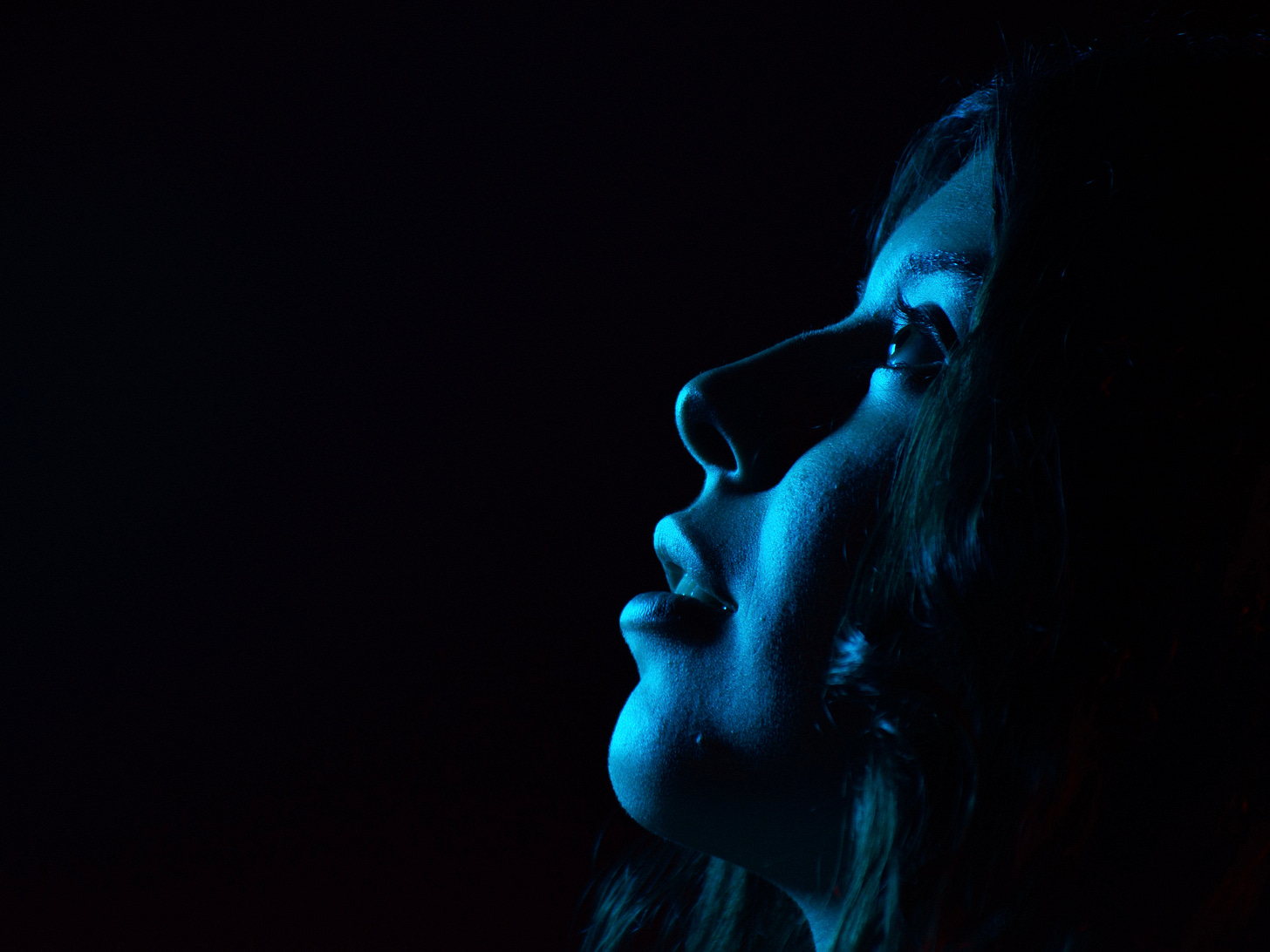My 10-10-10 rule to set up your foundation for 90 minutes of deep sleep
To set your brain up for the 90 minutes of deep sleep you need each night, the most important step is to tell it when it's nighttime.
Since our brain sits inside our skull (where it is always dark), there is only one way to do that. That way goes through our eyes, and it involves light. As it turns out, our eyes are a part of our brain – the only one that is located outside of our skull, that is.
Our wakefulness and sleep are controlled by a 24-hour cycle, which is known as the circadian rhythm (circa, meaning "around," and dian, meaning "day"). To synchronize that rhythm with the external day-night cycle, our eyes have receptor cells whose only job is to count photons in our environment.
When these cells sense sufficient amounts of bright (sun) light around us, they communicate with another part of our brain, the circadian master clock. That clock then sends a signal to every other region of our brain and every organ in our body to switch from night mode to day mode.
Scientists call these receptor cells "melanopsin retinal ganglion cells" – and the brain region that is our circadian master clock "suprachiasmatic nucleus". Luckily, there's no need to remember any of these terms.
What is worth remembering, though, is that bright (sun) light in our eyes is by far the most powerful synchronizer – or “Zeitgeber”, as termed by the German scientists who discovered them – of our circadian master clock.
Getting that kind of light into our eyes in the morning is necessary not only to shift our brain to day mode, but also to prepare us for deep sleep in the first half of the night. And to accomplish that, avoiding bright (blue) light at night is similarly crucial. Here's why and how to view light for being alert throughout the day and getting sufficient deep sleep at night.
In the morning, get 10 minutes of sunlight into your eyes (without looking into the sun, of course). Doing so accomplishes two things: First, it prompts your circadian master clock to release a healthy dose of cortisol. Cortisol has a bad rep and is mainly known as a stress hormone, but it's precisely what we need to become alert in the morning. However, make sure to get that sunlight before 10 am. You’ll otherwise not only miss your chance to switch from night mode to day mode, but also experience a surge in cortisol later in the day – when you don’t need it at all. Second, sunlight in the early morning causes our circadian master clock to start a timer for a second hormone to be released 12 to 14 hours later. That hormone is melatonin, which prepares our body for sleep in the evening.
At night, avoid any bright (blue) light after 10 pm. When it's late, the circadian master clock mistakes that kind of light for sunlight. Our brain then thinks that it’s daytime and, as a result, eliminates the melatonin in our system, making it impossible to get the deep sleep we need during the first half of the night. Sleep expert Matthew Walker compares melatonin to a "powerful bullhorn, shouting out a clear message to the brain and body: ‘It's dark, it's dark!’ At this moment, we have been served a writ of nighttime, and with it, a biological command for the timing of sleep onset". Accordingly, melatonin is also known as the "hormone of darkness".
In a nutshell, my 10-10-10 rule involves getting 10 minutes of sunlight into your eyes before 10 am and avoiding bright (blue) light after 10 pm. That’s it. Setting up your foundation for 90 minutes of deep sleep is that simple.
I'll cover everything you need to put on top of that foundation over the following weeks, but until then, here's another challenge for you:
Follow the 10-10-10 rule for three consecutive days – and then let me know what it did to your energy levels throughout the day.
And if you liked this post, please share it with others:
Until next week,
Christian


